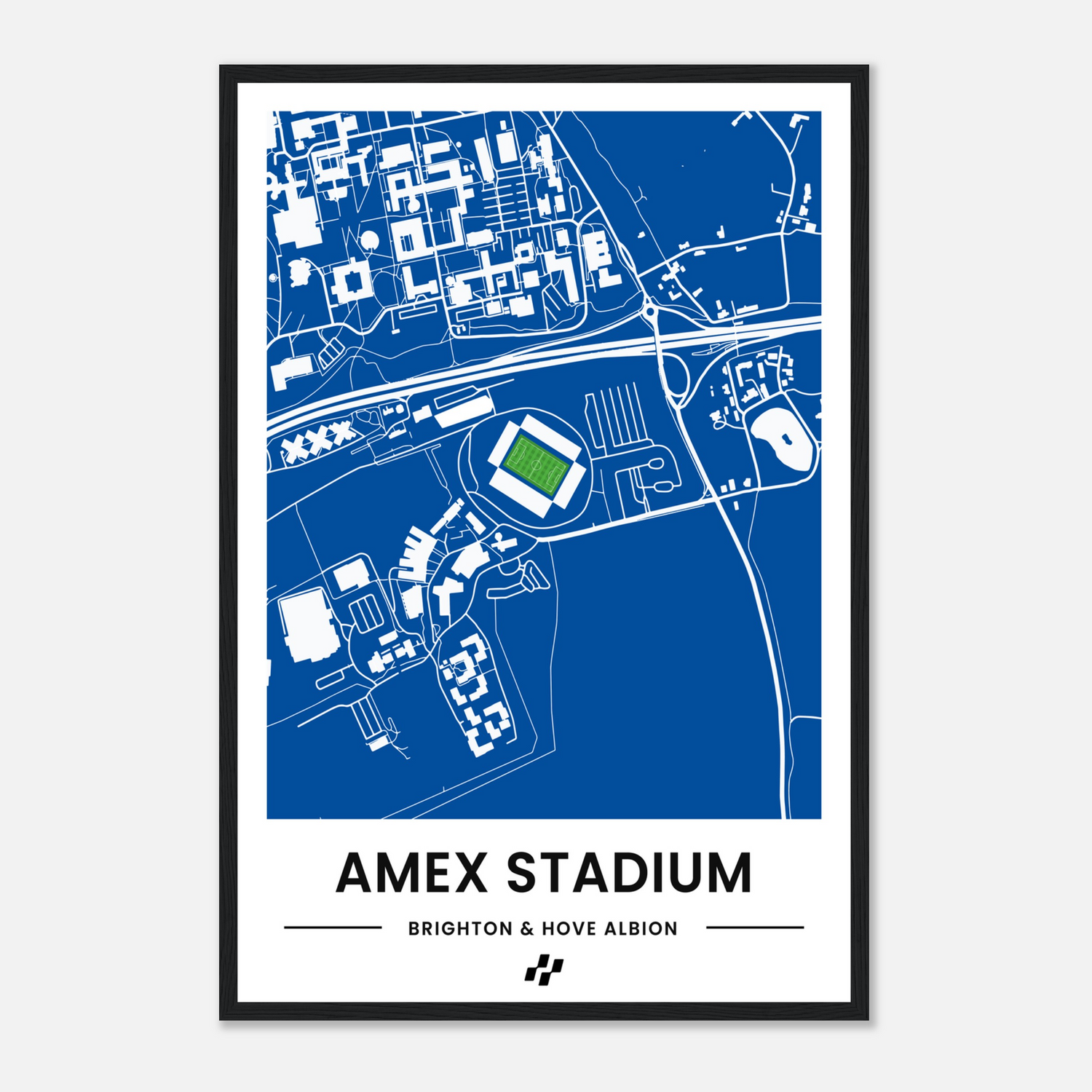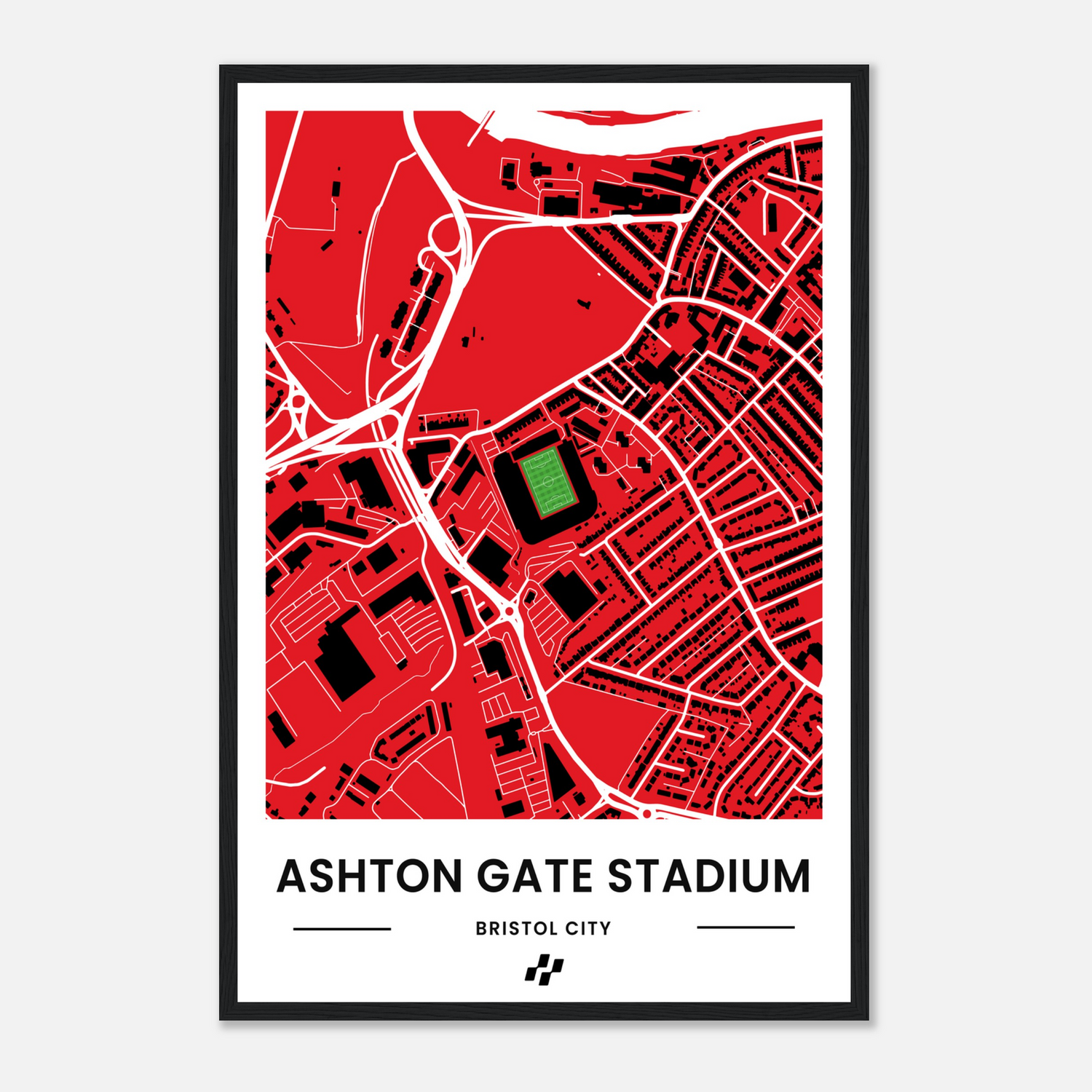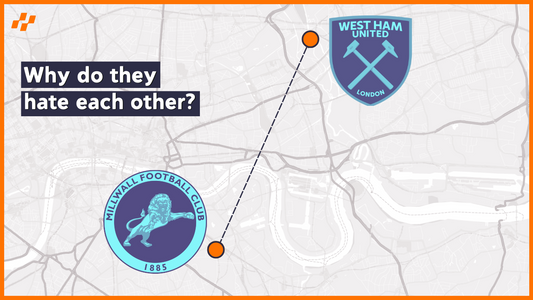
What Happened At The First Ever UEFA European Championship
Share
The UEFA European Cup, one of the most watched tournaments in the world of sport. full of the very best players and countries competing to be crowned champions of Europe, but how did the tournament come about?
A politically charged final, high-profile countries voting against the tournament, one team were disqualified after refusing to travel for political reasons, and a semi-final match that had the highest-scoring game in Euro history, a record that still stands to this day.
We look at what really happened at the inaugural Euro tournament in 1960.
Watch the video on our YouTube channel here
How the Tournament began
The inception of the European football tournament can be traced back to the visionary efforts of Henri Delaunay, the general secretary of the French Football Federation, who first proposed the idea in 1927. The outbreak of World War II disrupted these plans, leading to the postponement of the tournament.
Following the devastation of the war, there was a renewed interest in revitalising European sports. In 1954, discussions resumed regarding the possibility of creating a European football championship. With the newly formed UEFA, in 1957 a motion to set up a European championship was finally put to the floor. The British associations however, acted against the tournament, just as it had done three decades earlier with the World Cup. Fearing such a tournament would interfere with the domestic league, so they voted against it. Seven other countries also voted against, including West Germany, Italy and Holland. But the majority of UEFA's 29 members carried the motion and the European Nations Cup (it’s initial name) was born.
However, the inaugural European Championship faced numerous challenges. With England, the World Cup winners of 1954 West Germany and Italy decided not to enter the tournament after voting against it and there were genuine concerns that the qualifying rounds would fall short of the required 17 countries, but a few last-minute entries ensured the event went ahead as planned.
Tournament Format
The tournament had a different format to what we know of today, Qualifying first began 18 months prior to the tournament, with a single preliminary round tie ensuring that the field was reduced to 16 teams for the first round, with ties settled over two legs leading to the quarter-finals. The four winners of the quarterfinals progressed to the tournament itself, with a host being chosen from one of the qualified teams.
In the preliminary round, the Republic of Ireland and Czechoslovakia were randomly selected to play each other with the winner on aggregate advancing to the round of 16. Ireland won the first leg 2–0. But Czechoslovakia won the return leg 4–0 on 10th May 1959, and therefore Czechoslovakia won 4–2 on aggregate and progressed.
Spain, France, Austria, The Soviet Union, Czechoslovakia, Romania, Portugal and Yugoslavia all won their first-round tie and advanced into the quarterfinal qualifying round.
Further problems stemmed from the post-war Cold War, with the Soviet Union’s path to reaching this tournament mired with political disputes. Their opponents in the last qualifying stage were due to be Spain, presenting a match between two nations who are ideologically divergent.
General Franco, who ruled over Spain from 1939 to 1975 as a dictator, refused to allow his Spain to travel to the Soviets for the first leg, Franco was not averse to using football for propaganda purposes as he had shown with his backing for Real Madrid, the dominant force through the earliest years of the then recently formed European Cup (Champions league know today), and there appeared to be some cause for confidence that a Spain side that included several outstanding players, most notably Alfredo di Stefano, Luis Suarez and Laszlo Kubala, could beat the Soviets. Franco is said to have objected to the tournament rules that the other team's flag must be flown and its national anthem played when they came to play their away leg, and apparently he was concerned that there might be some display of public support for the communists from amongst the oppressed portion of his own people. Spain’s refusal in the end gave the Soviet Union a place in the semi-final.
The four teams to participate in the tournament would be France, the Soviet Union, Yugoslavia and Czechoslovakia. With the hosts being France. And only one of those countries exists in its current form today.
The Tournament
The tournament took place from 6–10th July 1960. which consisted of just four games: a pair of semi-finals, a third-place play-off and, of course, the final. The Soviet Union made light work of Czechoslovakia by three goals to nil. The other was a nine-goal thriller: France were 4-2 up with just 15 minutes to play, but an incredible four-minute spell saw Yugoslavia score three to take a 5-4 lead in Paris. This match remains the highest-scoring game in the history of the European Championship, with only one other match since seeing more than seven goals scored.
France ended up losing 2-0 to Czechoslovakia in the third-place play-off in Marseille on 9th July. Which left the final between the Soviet Union and Yugoslavia on the 10th July.
The final between the Soviet Union and Yugoslavia was influenced by post-war politics and different ideologies. The Soviet–Yugoslav split was the culmination of a conflict between the political leaderships, Tito of Yugoslavia and Stalin of the Soviet Union, in the years following World War II. Even though relations improved after Stalin died in 1953, Yugoslavia still followed its own political path that didn't fully align with the Soviet-led Eastern Bloc or the Western countries' economic ideas.
The final of the inaugural European Championships, therefore, held political significance. The match was less of a goal-mad affair, Yugoslavia scored first, but the Soviet Union, led by legendary goalkeeper Lev Yashin, equalised in the 49th minute. After 90 minutes the score was 1–1, and Viktor Ponedelnik scored with seven minutes left in extra time to give the Soviets the inaugural European Championship.
The soviet players each received $200 in prize money for winning the tournament, and were honoured at an Eiffel Tower reception after the game.
Following the conclusion of the tournament, its success paved the way for the establishment of a recurring competition, ultimately evolving into what is now known as the UEFA European Championship.





